SUMMARY
This is AI generated summarization, which may have errors. For context, always refer to the full article.
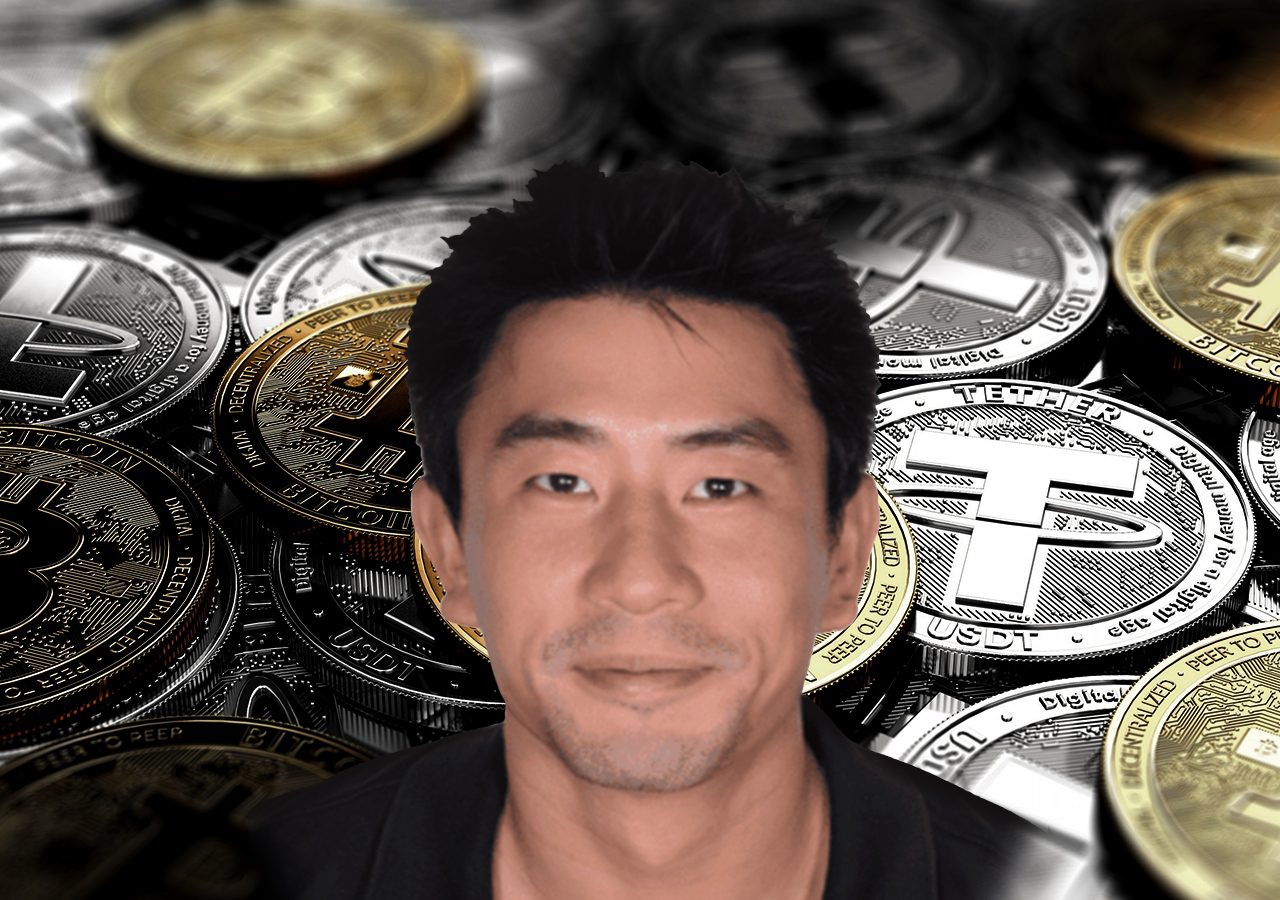
A little over a year ago, Axie Infinity, a card game with core NFT and cryptocurrency elements, was the most popular game in the Philippines, owing to its promise of monetary rewards to gamers. It let players earn tokens by playing the game, which could be exchanged for fiat currency such as the Philippine peso.
Axie’s reputation now is less than rosy, especially to those who had lost money buying into the game with the hopes of earning, and the game being pushed as a “play-to-earn” opportunity. Like many cryptocurrencies, the game’s token, called SLP, proved to be volatile, and its value crashed in late 2021, leaving many players with in-game assets that were worth less than they had paid for at the peak of the game’s play-to-earn hype.
With Axie’s rise last year, the Philippines became one of the top adopters of play-to-earn games.
In spite of the current downturn, proponents of “Web3” – pushed by its advocates as an internet by the people and for the people made possible through blockchain technologies – have continued to push forward.
Among them is Peter Ing, the founder and CEO of BlockchainSpace, an organization that provides educational support for NFT and cryptocurrency guilds, which in turn are organizations that, traditionally, buy in-game NFT assets that they lend to players so they could earn, often through a profit-sharing arrangement. The organization will also be holding the Philippine Web3 Festival with NFT guild Yield Guild Games from November 14 to 18 in BGC in Manila.
In a Zoom interview, we talk to Ing about the reputation of NFT games now, the play-to-earn moniker, and how the scene might be able to recover.
Q: What got you into the blockchain industry?
Ing: As our name suggests, we absolutely love the whole entire industry, the whole blockchain space. And BlockchainSpace itself actually started as a kind of education hub, a physical one, where people would come and learn about blockchain and all the different technical applications in a physical space, at a co-working space in Makati in Manila.
And once we realized that gaming and the gaming communities were actually doing exactly the same function as what we were doing but in much larger numbers and more efficiently, that’s when we pivoted business models. And we went from doing physical, building physical communities in person to building online communities at scale through the guilds.
And so that’s when we realized that guilds are onboarding people, the same way that we were doing it in real life, but just in a much more efficient manner.
Q: What do you think of the play-to-earn moniker? A while back, an Axie Infinity co-founder says they were transitioning to play-and-earn and not play-to-earn. This happened amid backlash from former Axie players whose expectations of earning were not met.
Ing: I think this one is not so easy to make a quick definition on. I think there is a segment of NFT gaming, that actually does belong to play-to-earn, where there are a number of people that will actually go into NFT games to specifically to earn.
There are also some gamers that are not attracted by the earning potential, but rather, are looking for enjoyable games that want to have earning as kind of the secondary components which is why they’re participating in the game. So I think play-and-earn really reflects those people maybe that are more interested in actually playing the games first, and only having a small earning component to it.
Q: Do you think guilds and other Web3 organizations have a bigger responsibility now to really inform people, what they’re getting into, and the risks involved? It feels like there was a lack of communication regarding that.
Ing: Yeah, absolutely. So I’m a big advocate on creating legitimacy and also ensuring that correct information is disseminated, and not just hopes and dreams, that might lead people into bad investment decisions.
But that’s also part of our roadmap itself, to be able to vet the kind of guilds that are within our network, to ensure that these people are providing good information and accurate information to their communities.
And I think that’s very important. So we’re looking to create ourselves like a standard within guilds, so we can actually vet all the good actors versus the bad actors.
And I think this, this is going to be a key part to ensuring that, you know, not many people get misled within this kind of nascent industry.
Q: There are a lot of players that had been disappointed with the play-to-earn system, so how do these games go from here, given those current feelings? How do blockchain games recover from that reputation?
Ing: Yes, I think there needs to be some acknowledgement from the industry that there were some people that really got caught up in the hype cycle.
I think no one actually envisioned play-to-earn to be that successful and that popular that quickly. I think it was a very new concept in the crypto industry that caught fire very quickly in the Philippines in particular. And there are some people that got caught in this hype, where, you know, they may have entered the industry too early, or too late even and invested quite a bit into the industry.
And then, of course, the whole industry kind of collapsed.
But I think, in general, there are still a lot of games that are either play-to-earn or play-and-earn that are still being built. We speak to a number of games on a daily basis, more than 50 games right now, just with BlockchainSpace alone. And we are aware of more than 1000 games that are actually being produced right now.
We’re still at the infancy of this industry. We don’t see this industry disappearing anytime soon. If anything, there are more games being launched. They already have teams, their products are being built. And we even see the trend of kind of existing Web 2.0 games coming into Web3. And I think that’s also going to have this earning component as well.
So I think what’s important to address to the community is that, yes, there was a hype cycle where the industry just wasn’t ready to accommodate so many players coming in and earning so much, and there wasn’t enough to support such an earning model at that stage.
But, you know, I think this is maybe the same with a lot of other tech industries. It takes some years to mature right and that this industry is just getting started.
Q: And how do you think this “hype cycle” should be managed?
Ing: I mean, I think, again, going back to our point, guilds should be good educators. They should have good information, they should be able to share, you know, the positives, but also the negatives of involvement within the space.
I mean, we are definitely in a nascent industry, where our unreasonable earnings should not be sustainable. And I think everyone should be aware of that, it shouldn’t just be, “Oh, guys, we’re just going to earn a lot of money, and it’s only going to go up and it’s, you know, and this is going to last forever.” It should be more realistic. The positivity should also be balanced with a bit of cynicism, and really, being realistic with expectations – and I think guilds will play a very important role in this education portion.
So, something I always love to highlight is how did Axie become so popular in the Philippines, right? And it’s actually through what we call these guilds, right? These guilds are basically just micro communities, that are kind of set up like online servers, where they added their friends, relatives, and people they knew within their communities, and they started disseminating information very quickly.
And so these guilds acted as educators but also as onboarders for these new people into the space. Of course, they’re the first point of contact for these new people. And that’s why it’s very important for these people to set the right tone, the right standard, to help people understand you know, the risks involved in being engaged in this space.
So I do see that guild education, as well as guild vetting and guilds standardization is going to be very important in the future.
Q: What’s your stance on government regulations?
Ing: We’re always 100% pro regulation. Regulation means that the industry is maturing, and that there is protection, usually, for the different stakeholders involved.
I mean, especially if the BSP gets involved, right, then you have better consumer protection, knowing that people can’t just set up quick, get rich schemes, and then, scam consumers on the other end and get away with it.
I think regulation is fantastic. For the industry, it really sets the tone that the country, and also the regulators want this industry to thrive. They want it, they want to see it grow – but obviously, without the kind of fraud and scams that might be prevalent within the industry.
Q: As an organization that helps educate guilds, what are the parameters for a sustainable NFT game?
Ing: Yeah, so I think that’s the million dollar question. I think most game developers want to know exactly this formula. And that’s kind of what everyone is asking themselves right now – what makes a successful play-to-earn economy? Or what game mechanics do you need to be able to keep players engaged for the long term, and allow them to have this earning component over the long term?
I personally see this as – so when you have a token within a game, right? That token is similar to a currency, and that currency can also be compared to like a country’s currency.
So I often refer to like when Axie was very popular, the SLP token could have been considered like the US dollar. And Filipinos were jumping into the US basically to earn these US dollars. But there was nowhere for them to basically spend these US dollars. So these SLP tokens, the only thing that you could do with it at that time was actually to create more Axies.
And if you didn’t want to do that, there is nowhere else where you could use this SLP. And if you don’t have anywhere else, then of course, the first thing they’re going to do is convert it into a currency which is usable in real day, in everyday life, which is they converted this SLP into Philippine pesos.
So if you see the same as like the US economy, if there was no way to use those US dollars, they’re converting US dollars back into Philippine peso. This economy basically was suffering because you’re just extracting value from that US economy rather than actually keeping, you know, value within the ecosystem, having places where you could spend it, where you could use it, you know, transfer it and be able to get kind of more value from it.
And so I think these economies, basically, they’re still very primitive at this stage. Like it will still take some years for this to be kind of thought through. And I think that’s what most game developers are trying to iron out right now.
Q: Should NFT game makers also focus on things like player enjoyment, and/or challenging, innovative mechanics, like a traditional game would?
Ing: Yeah, I mean, 100%, I mean, play-to-earn games are no different from any other game, I think, in the respect that it’s a game, ultimately. And games need to be fun, right?
There are different types of games, just like as you would find, let’s say, on the Google Play Store, right? You will find games where it’s simply, you know, tapping your fingers to be able to earn tokens. Those kinds of games already exist; there are some very simple games that are out there, I think we will see those kinds of variations as well.
But we’ll also see kind of like more in-depth, you know, deeper games with very deep game mechanics come out. And I think there will be a set of gamers for that as well. So I don’t think there is a one game fits all standard. I think there are going to be many different types of games that will address this market.
And, you know, what we’re seeing right now with this, you know, earning model, we don’t know exactly how this will look in the future.
I can tell you from the discussions that I’m having right now, with game studios, a lot of them are just suggesting, we keep the token separate from the game itself. And we just keep the game the same as any other game, where the more you interact with the game, the more quests you do, the more XP or tokens that you earn within the game.
But those are not cryptocurrency related, right? And what you can do is actually just convert the regular balances that you earned in a regular game into potential NFT in the future. And that could be one way to incentivize and reward people.
And I think NFTs is really what’s game changing in all of this. It’s the ability that now NFTs provide that ownership. There’s also that ability to inter-operate with other games as well. I think that’s going to be fascinating. We’ve barely scratched the surface of this.
Q: And what games are you looking at?
Ing: We’re definitely still looking at Axie Infinity, which still has one of the most engaged communities in the whole NFT gaming space. As well, we’re looking at other games that are just coming up that are still in beta.
So games like The Sandbox, which provides this NFT version of like Roblox or Minecraft, we can see that being absolutely huge in the future, where people can create their own experiences, own those experiences, and allow people to interact with it and then get rewards for interacting with their experiences.
I think that’s going to be really exciting, especially knowing how many Roblox and Minecraft players there are around the world. It’s going to be very easy for them to adopt, you know, this kind of gameplay or experience making.
We’re also looking at Web 2.0 games that are looking to now add a Web3 component. So just like I mentioned, you know, there are games that don’t want to talk about crypto whatsoever, and they don’t want to talk about NFTs. But what will happen is, the more you interact with the game, those balances that are sitting there in the game in your accounts, can be, in the future transferred into NFTs, or they can be transferred into tokens, or something that you can use in real life. And I think that’s going to be really fascinating. – Rappler.com
This interview has been edited for readability.
Add a comment
How does this make you feel?
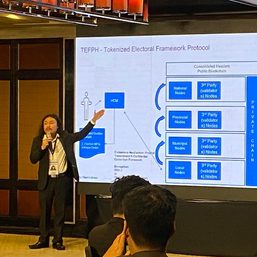
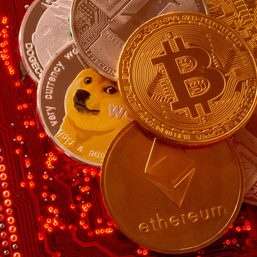
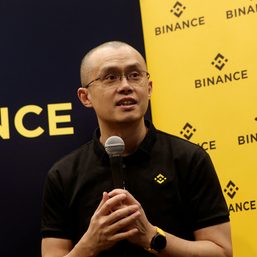

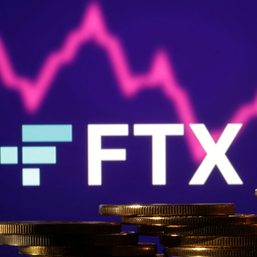
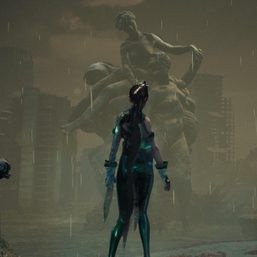
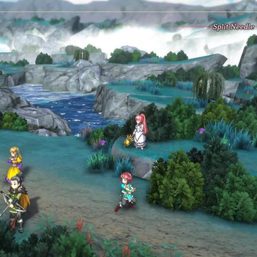
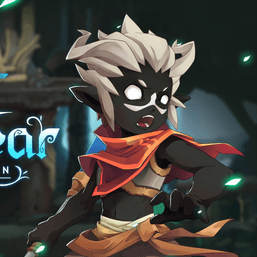
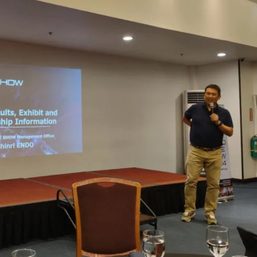
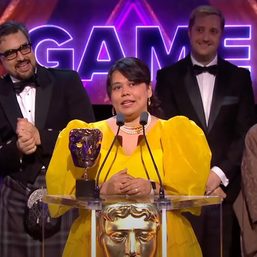
There are no comments yet. Add your comment to start the conversation.